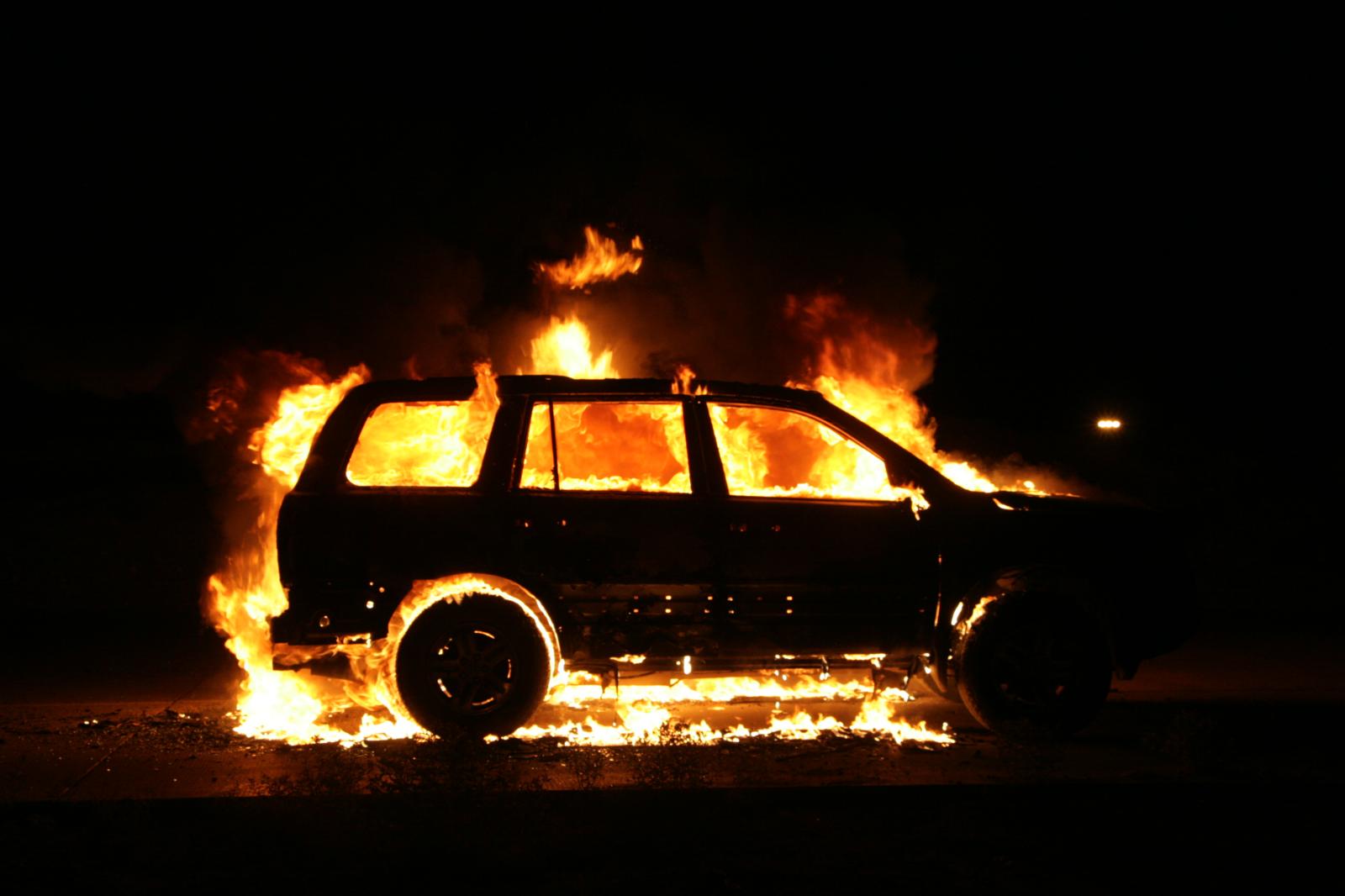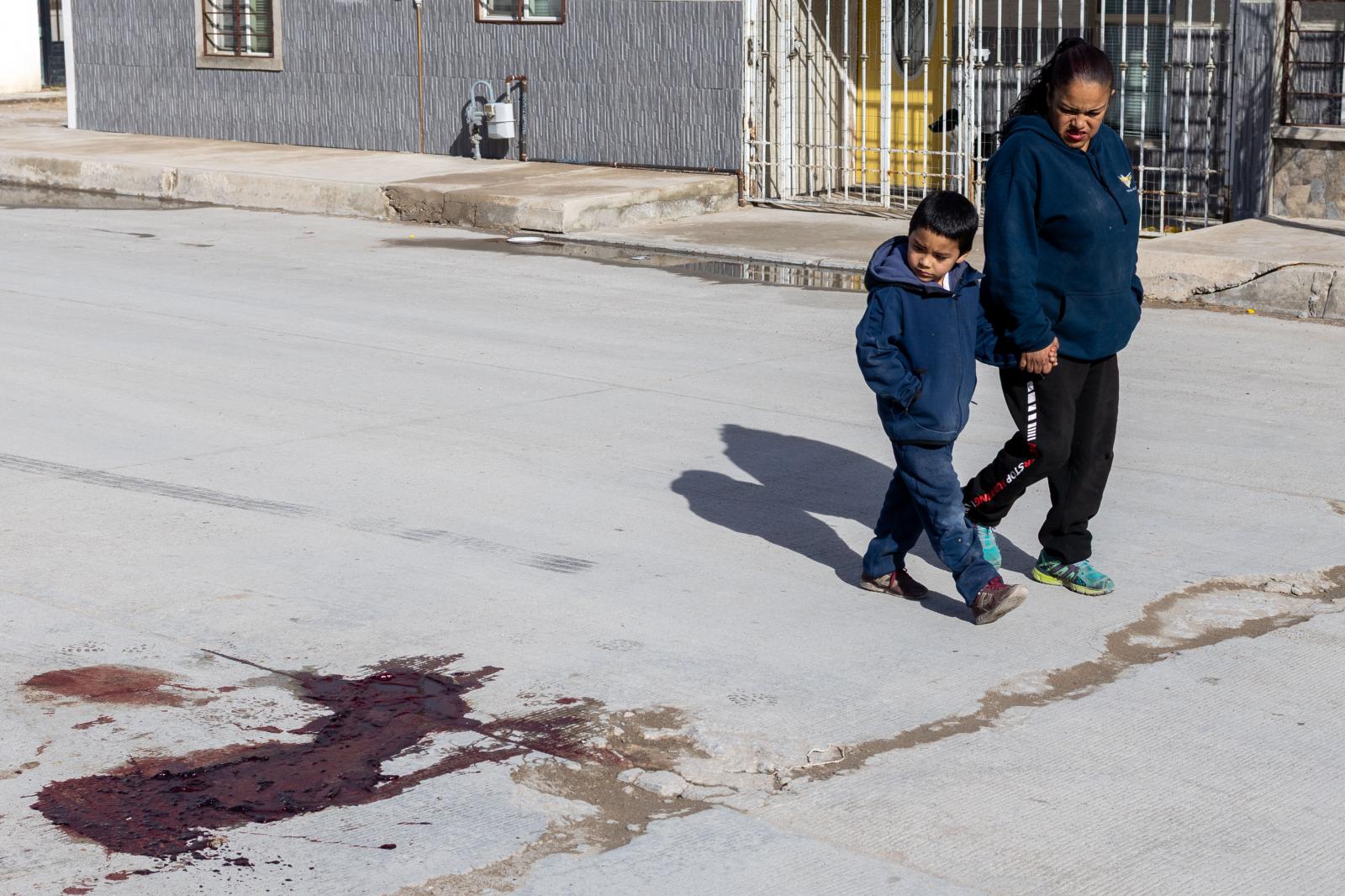David Peinado Romero
Photographer
After the Fire
Public Project
After the Fire
Summary
A documentary series exploring the visible traces of violence in northern Mexico. Through crime scenes, forensic recoveries, and environments marked by fear and neglect, the project portrays the everyday impact of organized crime on civilian communities.
En el norte de México, la violencia no siempre grita: a veces solo deja marcas. Este proyecto documenta escenas posteriores a enfrentamientos, asesinatos y operativos forenses en comunidades como Ciudad Juárez y otras zonas fronterizas, donde el crimen organizado ha dejado de ser noticia para convertirse en parte del paisaje cotidiano. Las fotografías recorren rastros de sangre sobre el asfalto, cuerpos abandonados en el desierto, vehículos incendiados, fachadas perforadas por balas y peritos trabajando bajo la mirada de vecinos que ya no se sorprenden. A través de una narrativa visual que evita el sensacionalismo, la serie pone el foco en los espacios vacíos, los gestos rutinarios y las vidas que continúan a pesar de todo. Las huellas del silencio es un testimonio visual de la normalización del horror. Una invitación a mirar lo que suele ser ignorado: no la violencia en sí misma, sino el eco que deja en las calles, los hogares y los cuerpos que aún siguen vivos.
1,291







